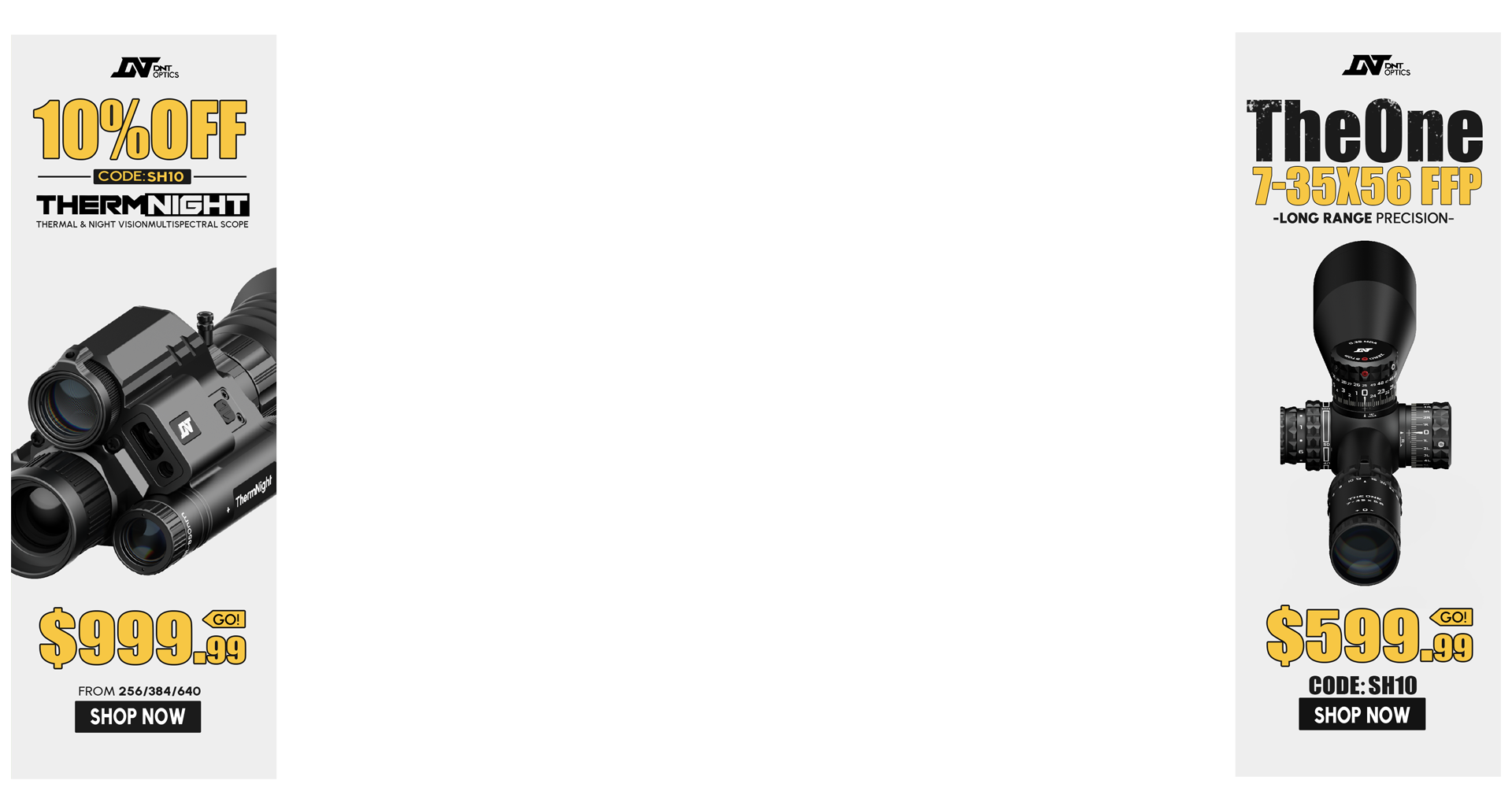@koshkin @wigwamitus or anyone else who understands this stuff - can you explain how any of the lower end (non-Risley prisim) thermal clip ons work with their base magnification not being 1x/unity? I see that the Armasight Jockey 640 is actually a 1x thermal, so by my understanding it would work well with a daytime optic as you would have all of the 1024 x 768 pixels of the screen to work with as you zoom in beyond 1x on your (presumably) LPVO. They claim it's good to 6x, which I imagine is probably at the very limits of usable.
Being outside the US with limited options, the DNT series of Hydra thermals sure look interesting, especially at the price they are going for. I did up a quick table below to see if I can understand how they work as none have a 1x/unity base magnification.
So the first couple of rows are the specs of the sensor and the display. I'm assuming that to get back to 1x for clip on use, the image on screen is reduced in size inversely to the base magnification - so using 2/3 of the screen for the HS635 and only 1/3 of the screen for the HS225. By my reckoning, that means that at unity, there are about 683 x 512 pixels for the HS635 image of the sensor versus a paltry 341 x 256 for the HS225.
Assuming I have that right, it would also seem to indicate that the HS635 would offer higher magnification before things become fuzzy on the daytime optic? I looked at the Jockey pixels and assumed at 6x (max recommended) you would have about 171 pixels horizontally (wow) so working back from that I figure the HS635 might get you up to 4x on the daytime and the HS225 a lousy 2x.
Am I understanding this correctly or am I totally off base? Seems like the better options for scanning (moderate base magnification) are lousy for clip on use and the good clip ons would be lousy scanners...?
Being outside the US with limited options, the DNT series of Hydra thermals sure look interesting, especially at the price they are going for. I did up a quick table below to see if I can understand how they work as none have a 1x/unity base magnification.
| DNT | Hydra | Series | Armasight | ||
| HS635 | HS325 | HS225 | HS650 | Jockey 640 | |
| Sensor H | 640 | 384 | 256 | 640 | 640 |
| Sensor V | 512 | 288 | 192 | 512 | 480 |
| Display H | 1024 | 1024 | 1024 | 1024 | 1024 |
| Display V | 768 | 768 | 768 | 768 | 768 |
| Base Magnification | 1.5 | 2 | 3 | 2 | 1 |
| Unity H | 682.7 | 512 | 341.3 | 512 | 1024 |
| Unity V | 512 | 384 | 256 | 384 | 768 |
| Max rec mag | 4 | 3 | 2 | 3 | 6 |
| Pixels H/x | 170.7 | 170.7 | 170.7 | 170.7 | 170.7 |
So the first couple of rows are the specs of the sensor and the display. I'm assuming that to get back to 1x for clip on use, the image on screen is reduced in size inversely to the base magnification - so using 2/3 of the screen for the HS635 and only 1/3 of the screen for the HS225. By my reckoning, that means that at unity, there are about 683 x 512 pixels for the HS635 image of the sensor versus a paltry 341 x 256 for the HS225.
Assuming I have that right, it would also seem to indicate that the HS635 would offer higher magnification before things become fuzzy on the daytime optic? I looked at the Jockey pixels and assumed at 6x (max recommended) you would have about 171 pixels horizontally (wow) so working back from that I figure the HS635 might get you up to 4x on the daytime and the HS225 a lousy 2x.
Am I understanding this correctly or am I totally off base? Seems like the better options for scanning (moderate base magnification) are lousy for clip on use and the good clip ons would be lousy scanners...?


